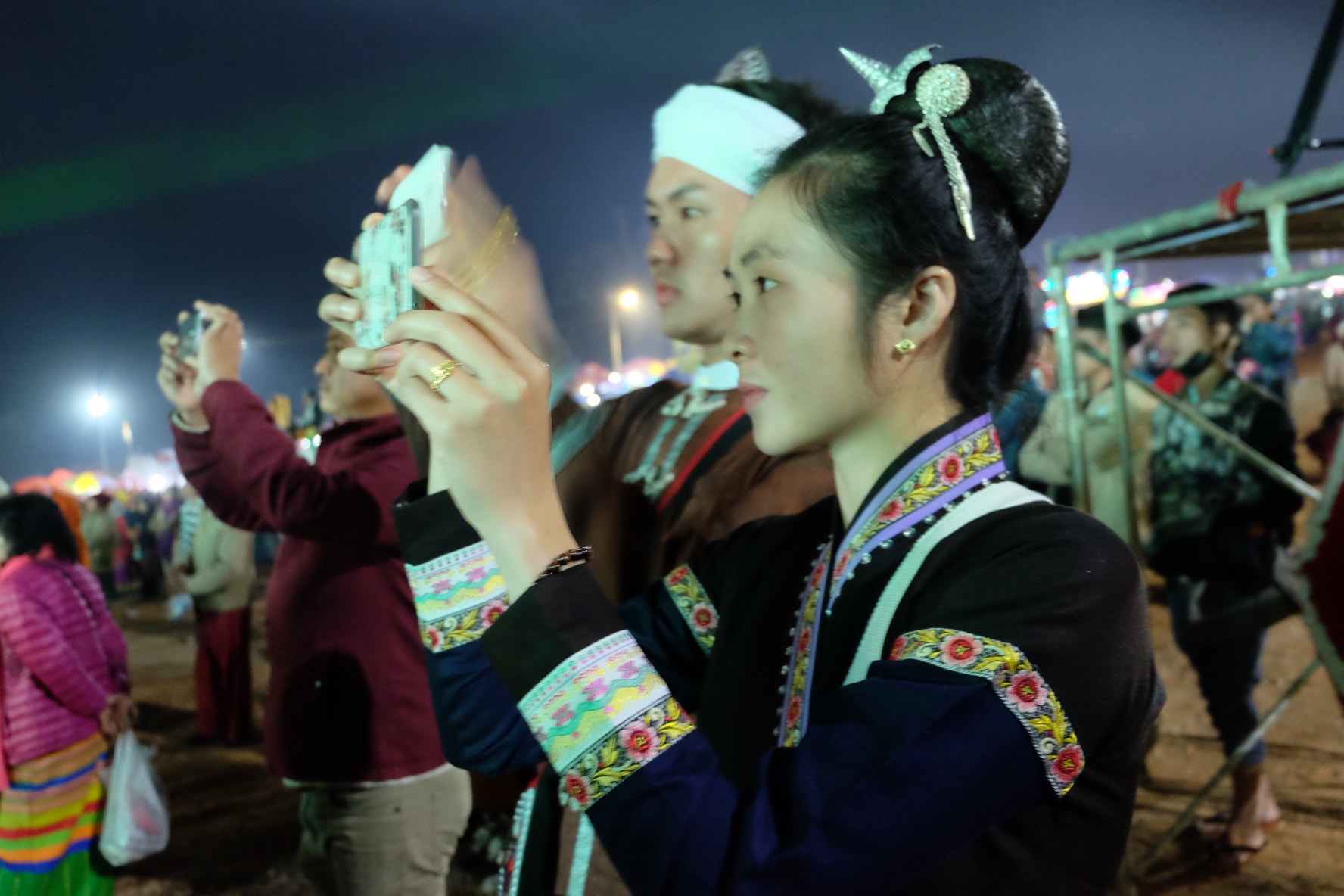
Ko Htwe describes the cross-border use of social media among Shan and Thai communities.
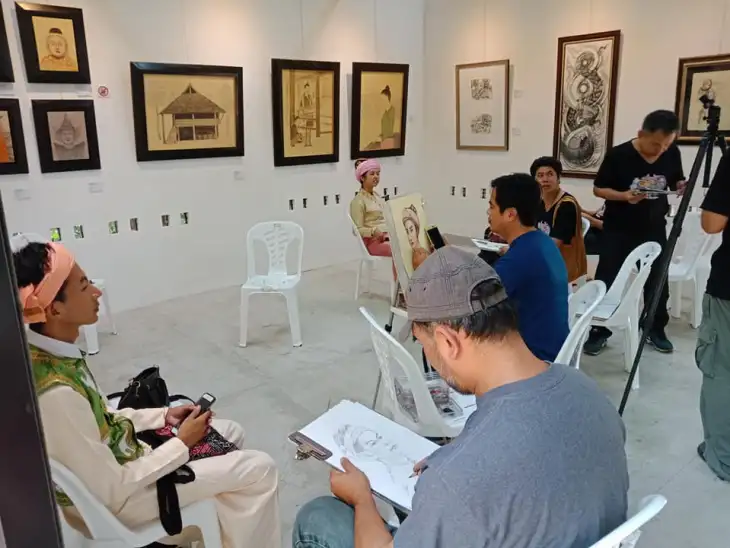
After the last seven years of reform, initiated by the Thein Sein government, the traditional society of Myanmar has transformed into a more digitally-augmented, networked society. Skipping basic-feature phones, Myanmar’s population went straight to using smartphones. With these advanced phones, most mobile-equipped residents have extended their communication boundaries and altered their networks with the help of social media, and especially Facebook. Myanmar has roughly 20 million Facebook users—approximately 40 per cent of its population.
As Facebook penetration increases, news consumption practices also change. Social media, and especially Facebook, has become a main source of information for Myanmar’s netizens. Facebook has become a place for people in Myanmar to share ideas, customs, culture and anger; it is also a place where individuals can mobilize users, inflaming hate speech or furthering problems of dehumanization. As is well-known, Facebook admitted that it failed to prevent the incitement of “offline violence” in Myanmar on its platform in the recent 62-page independent report from the non-profit organisation Business for Social Responsibility.
However, Facebook is not only a place for citizens to share their anger, but also to call for justice across borders, as in the case of the Koh Tao murder trial in Thailand, where smartphones and social media offered people in Myanmar the chance to take action. In 2015, Myanmar migrant workers Zaw Lin and Win Zaw Htun were sentenced to death for the murder of British backpackers Hannah Witheridge and David Miller. Not only Myanmar but also Thai residents criticised the verdict because of the controversial investigation process. Many social media users in Myanmar followed the case closely on the Thai Facebook page CSI LA, which was highly critical of the proceedings. The anger reached its highest point as some users posted the signboard of restaurants in Myanmar with signboards saying “the shop prohibits selling food to Thai tourists until Win and Zaw released.” Later, users organized a demonstration in front of the Thai embassy in Yangon. Currently, the case is under appeal.
Moreover, social media has increased the political participation of the greater population. Recently, dentist Soe Thu Ra Zaw posted about a series of experiences at a compulsory training session for mid-level civil servants at the northern branch of the Central Institute of the Civil Service. He criticized the rules and regulations of the trainings, anti-Muslim speech, and the distribution of propaganda. His posts went viral and were widely shared on Facebook and discussed online. As a result, Soe Thu Ra Zaw was placed under investigation by a team of top health officials. The public stood together with him and against the investigation. In the end, the minister of health promised that they would not take action against Soe Thu Ra Zaw.
This article acknowledges the devastating impact of social media in Myanmar, but argues that social media can also be a bridge for connectivity or constructive interaction, depending on the intention of the user. In the case I describe here, the connections are between the Shan and the larger Thai community, with whom they share ideas, culture and self-representation, which can contribute to the development of their society. Moreover, the article will explore how social media creates a space for self-representation and cultural competence for silenced and oppressed residents, with the help of modern social technologies such as Facebook and YouTube. This allows them to express (and contest) their dehumanization under the dominant social relations, and to build mutual understanding.
These two societies (Shan and Thai) engaged with one another in the past through Thai soap operas. Jirattikorn’s 2008 article, for example, examines “the roles of transnational media in the lives of Shan communities in Burma with a focus on their consumption of Thai satellite television, the main window to the outside world available to them.” However, as Schroeder has recently argued, “theories that were suited for traditional communication are no longer suited to digital media.” We can see how even as traditional media still dominates, the emergence of new technologies creates more channels for Shans (the consumers of Thai television) to become self-producers. This allows them to engage with larger audiences living in Thailand, similar to how Castells has suggested that the internet is diminishing the “traditional distinctions between producers and users [former viewers and audiences]” in his 2009 book, Communication Power.
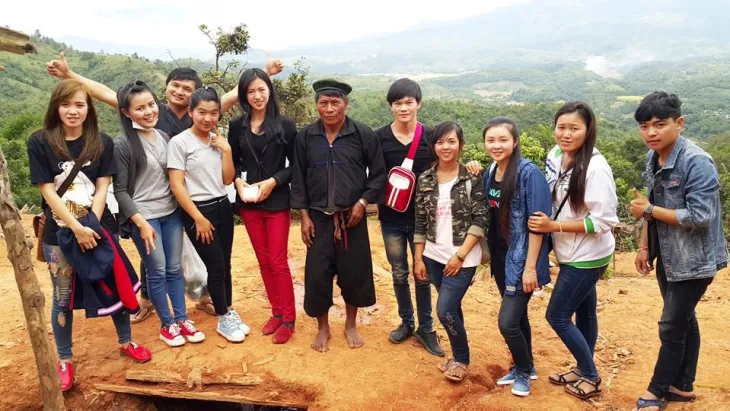
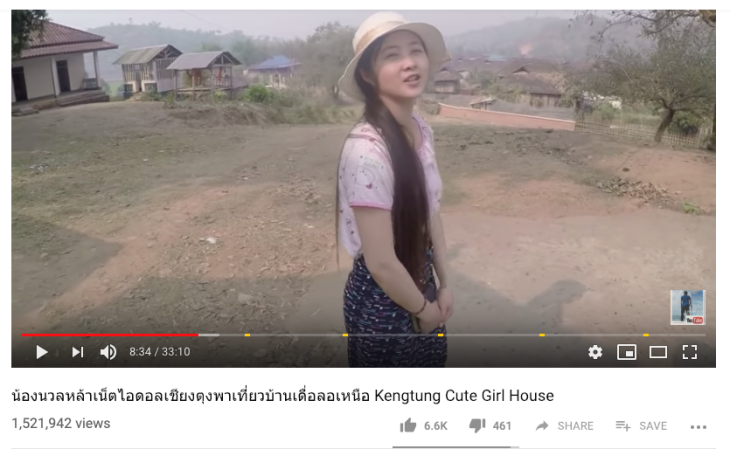
On 8 April 2016, he posted a 33-minute YouTube video titled “A visit to the beautiful girl, Noon Lar’s home.” In this video, Nay Law Nay villager Noon Lar took Annop around her village to learn about the daily life of the villagers, including their food, customs, the design of their houses and their plantation fields. The video allowed the audience to learn about the struggle of the villagers. This video on YouTube reached over 1.3 million viewers, with about 1200 comments, including some negative responses. Its total reach of over one million viewers makes this the video with the largest audience of Annop’s YouTube videos. Annop said most of his YouTube video audience is from Thailand, but that it includes some Shan migrant workers in Thailand (because the culture of Keng Tung has been unexplored for decades). Another video, posted on YouTube on 10th April of the same year, presenting the traditional food of Noon Lar’s village and the villager’s plantation field, and reached 1.2 million viewers. Viewer comments expressed that they valued the culture of the village. DVB Burmese reported about the video after it reached more than 1 million viewers. These two videos made Noon Lar and her village well-known among Thai and Shan YouTube subscribers of Annop.
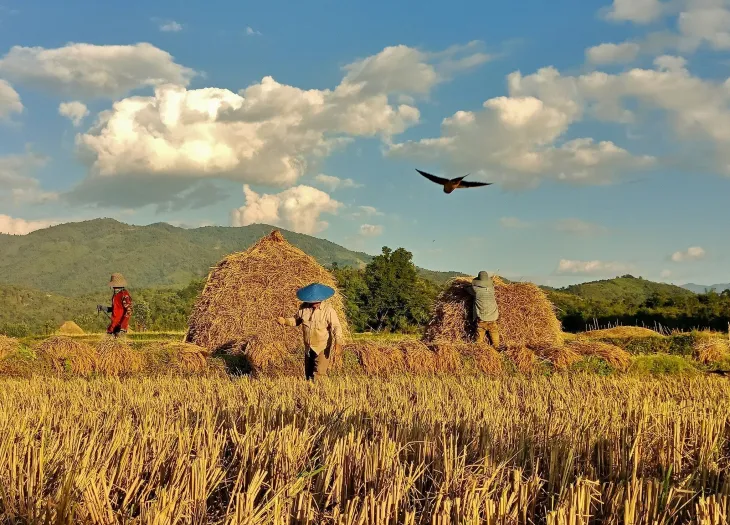
Noon Lar does not have a YouTube account, but she is a regular user of Facebook.[2] On 26 August 2016, she posted a photo wearing a blue T-shirt with an image of Annop’s travel channel logo and tagged Annop on Facebook. This was the first public connection between Annop and Noon Lar. Then, she also posted photos of their group trips with Annop to remote villages near Keng Tung, where they offered food to children and made a donation for the development of the villages.[3] Noon Lar’s Facebook engagement continued to increase at the end of 2016; some of her posts received thousands of likes and she reached 31,979 followers on her account. In an interview, Noon Lar admitted that Annop’s YouTube videos about her village made her well-known on Facebook and encouraged Thai tourists to visit their village.
These opportunities gave Noon Lar a chance to build a network, to engage with the Thai community, and to contribute to the better future of her society. Noon Lar said she was able to find donors who could support the education of the village’s children and the construction of a monastery. Noon Lar also said that a professor from Chiang Rai Vocational College who noticed her on Facebook contacted her when he visited Keng Tung, and together they launched a further fundraising campaign. In July 2017, he and his students sketched portraits of Noon Lar’s photos. In January 2018, the portraits of Noon Lar were stamped on T-shirts with the signature of the professor and were sold as a fundraiser to build monastery in their village. Facebook friends of Noon Lar ordered the T-shirt after she posted the photos of her fundraising efforts. In April 2018, Noon Lar and her sister also sold T-shirts printed with a bird feeding from a flower that read “Happy Water Festival” as a fundraiser for children’s education. There were also some posts requesting donations from her Facebook friends to contribute to poor children’s education and to the building of monasteries and schools in their area. Most of her Thai friends contributed donations to these projects.
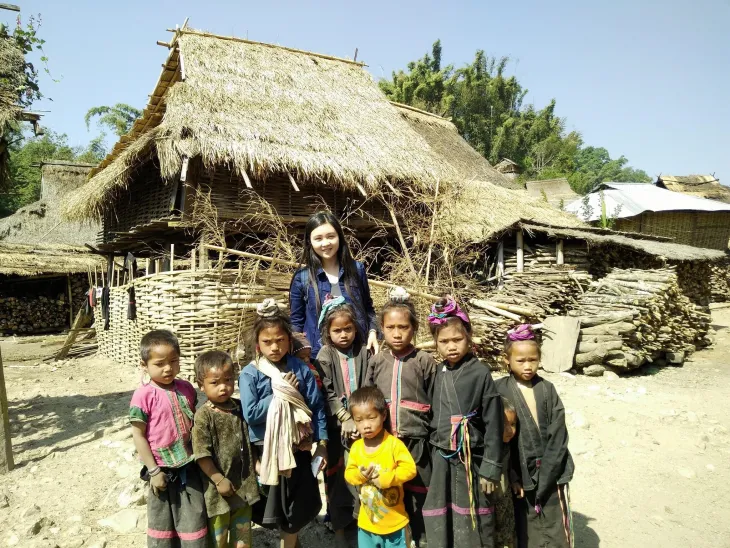
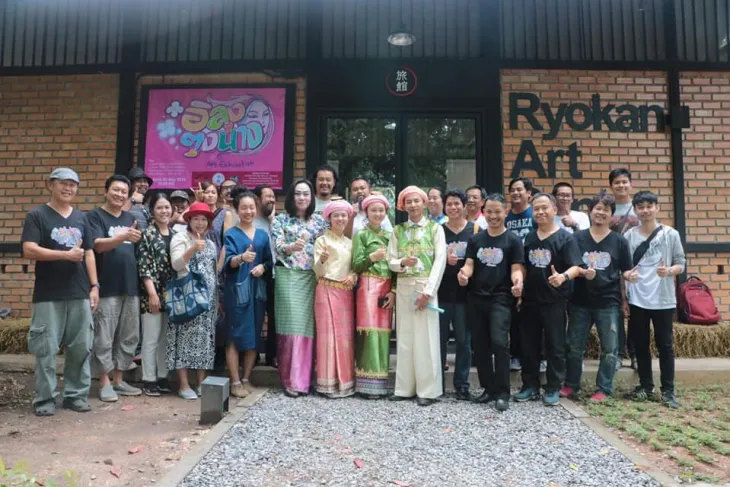
Noon Lar uses her popularity on Facebook to represent the hidden culture of residents from her village and from the surrounding area. In May 2018, a group of Thai artists invited Noon Lar, her sister and Kyaw Ye Myint Aung to Ryokan Art Centre in Chiang Rai Thailand to model for their drawings. Kyaw Ye Myint Aung is a youth and designer from Keng Tung who shared the costumes and culture of the Shan with Thai and Myanmar audiences on social media, and who works alongside Noon Lar to promote their culture (to Ryokan Art Centre). The Thai artists sketched a portrait of Noon Lar and her friends wearing Shan costumes. From May 23rd to 26th, 2018, Noon Lar posted short video clips and photos of her group trips to the remote villages in Shan State. Her photos included Wan Htan Lu, an ethnic Plang village where there were only 9 houses, with 4 to 6 households living together in each house. The whole village had 51 households. She also posted a video clip of people from this remote village dancing. These posts were popular amongst the Thai community, who share a similar culture with Shan.
“I posted my trips on my Facebook account because I wished for other people to understand the daily life struggles of people from remote areas, especially how they can live happily even though they have nothing,” said Noon Lar. “I help people whenever I have a chance, but this year I have a serious desire to help people from remote areas. So I traveled and posted their lives on Facebook. I posted the photos of the people from the remote area so many people could share [these posts] and it can reach a larger audience. Because of my Facebook posts, most Thai donors contacted me to contribute in building the society,” she said. Kyaw Ye Myint Aung, who went on a trip to the remote village together with Noon Lar and his friends, used to share his posts in the Burmese language. He said most of his Thai friends from Facebook like to know what he is sharing. “They commented on my post about my recent trip to visit the hill tribe people and they were more interested than my Shan friends. We are neighbours so we can learn from each other. They also invited us to join some of the ceremonies in their country in the comments under my Facebook post,” said Kyaw Ye Myint Aung. He believes that Facebook is a place for them to share their culture with their Thai friends. He also used to post about the clothing, music, and culture of the Shan. “Facebook has both a constructive and destructive impact. If we use Facebook wisely, we can share our cultures beyond our community. Before Facebook was created, boundaries and territories were hindrances for us to learn each other’s ideas and culture,” he said.
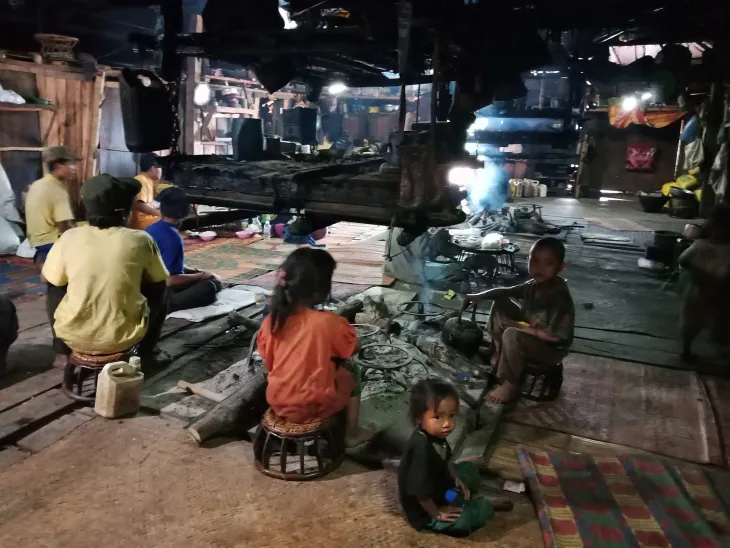
According to the internet practices of Noon Lar and Kyaw Ye Myint Aung, they may or may not acknowledge the personalization and “Filter Bubble” of Facebook claimed by Pariser (2011).[4] But they use Facebook as a tool to share their own ideas and culture, represented by themselves, to reach beyond territorial boundaries. For Noon Lar, she wisely uses social media not only for sharing the daily life of her village and of the people in her area, but also as a tool for the development of her community, as well as sharing self-represented culture with the larger Thai community.
All images courtesy of Noon Lar and Kyaw Ye Myint Aung.
Ko Htwe graduated from Cardiff University with an MA in Journalism, Media and Communication. His research “The Role of Ethnic Media in New Myanmar” was published by Chiang Mai University, Thailand. He has also written articles for Bangkok Post, Asia Sentinel, Walkley Magazine, DVB, Irrawaddy and Karen news.
Like This Article
September 26, 2024
September 16, 2024
April 09, 2024
March 06, 2024

Center for Southeast Asian Studies, Asian Institute 1 Devonshire Place Toronto, Ontario, M5S 3K7, Canada
©TeaCircle All Rights Reserved 2023